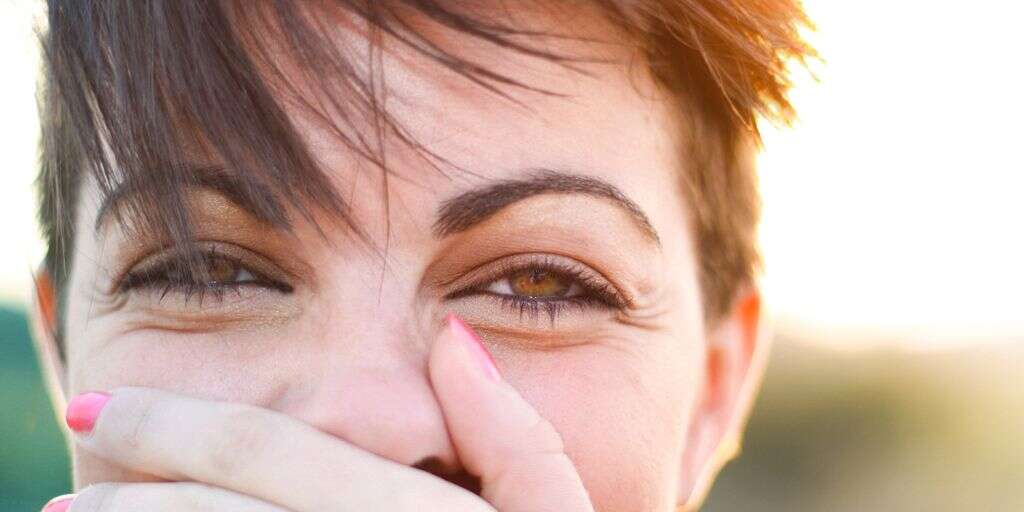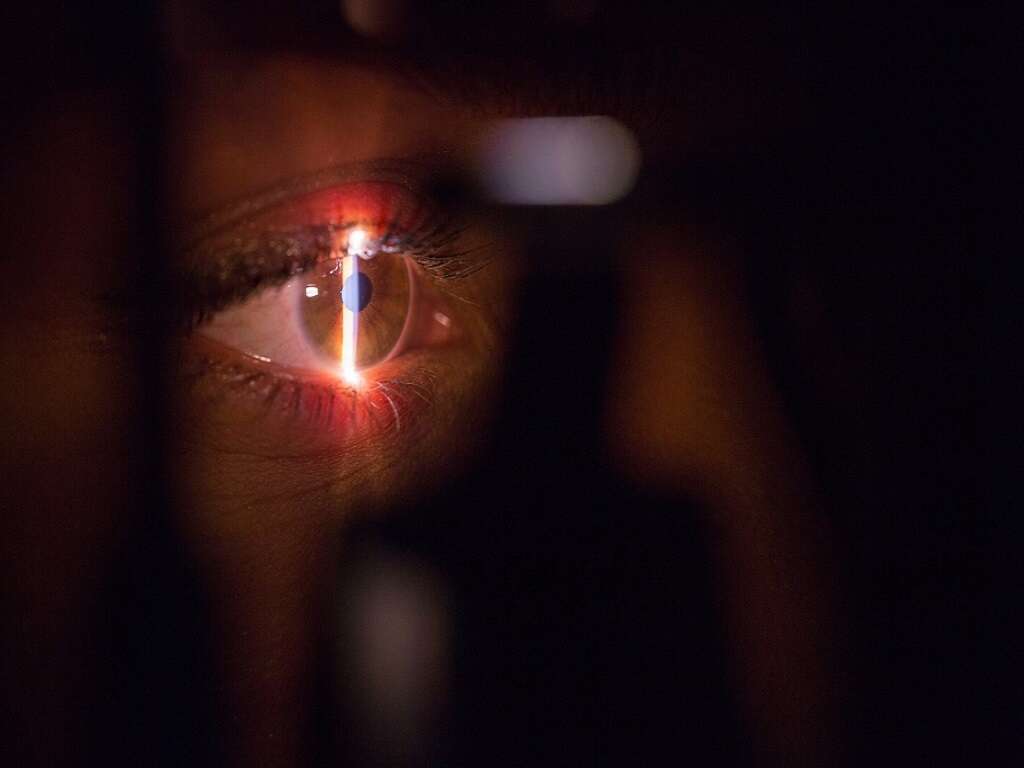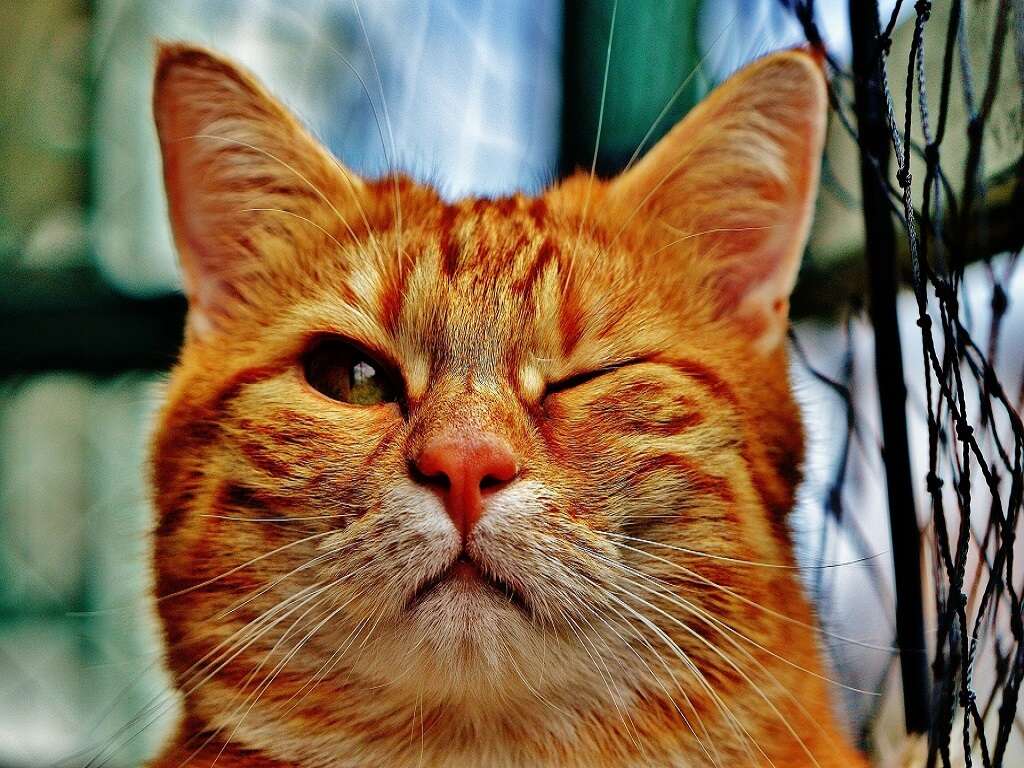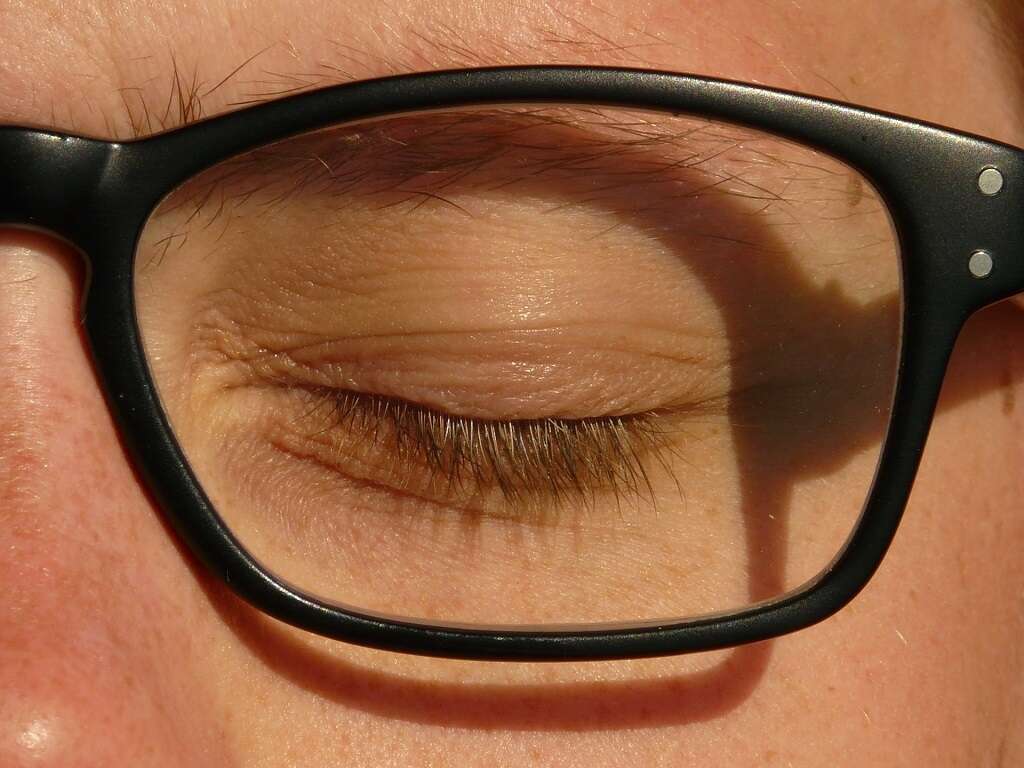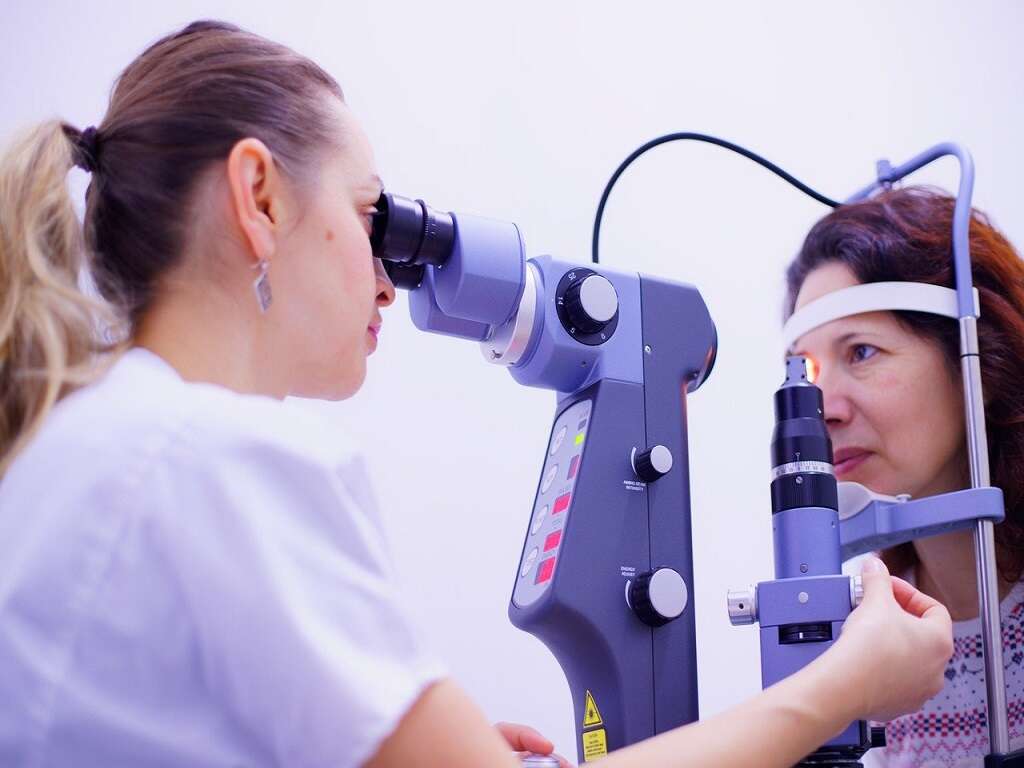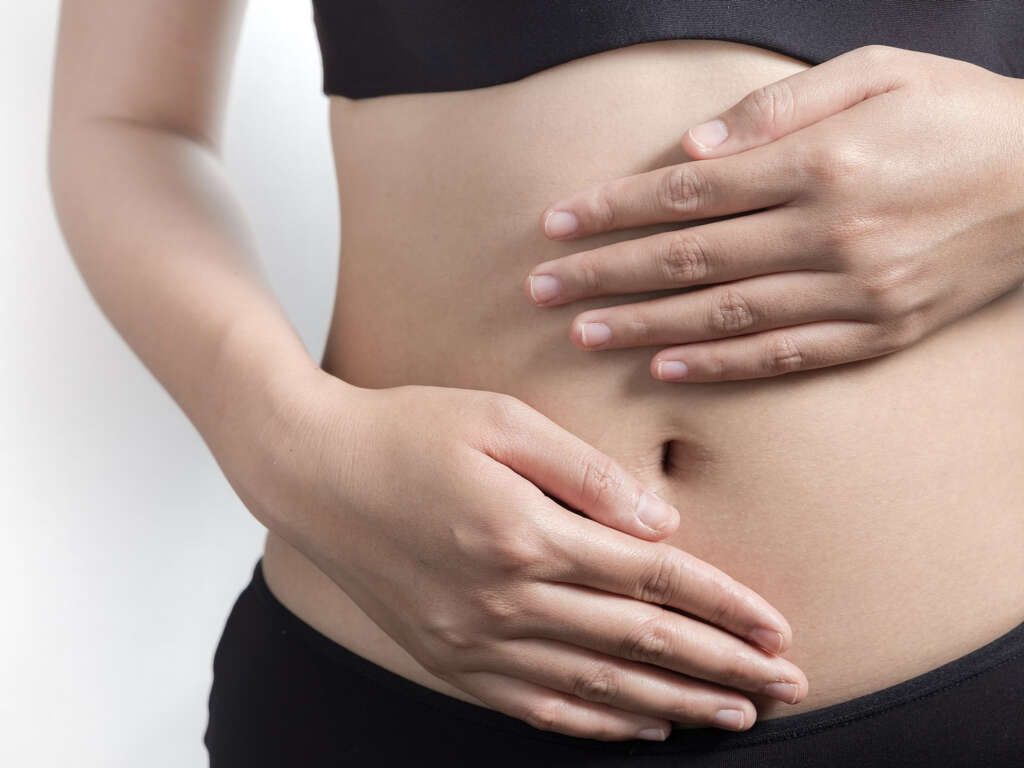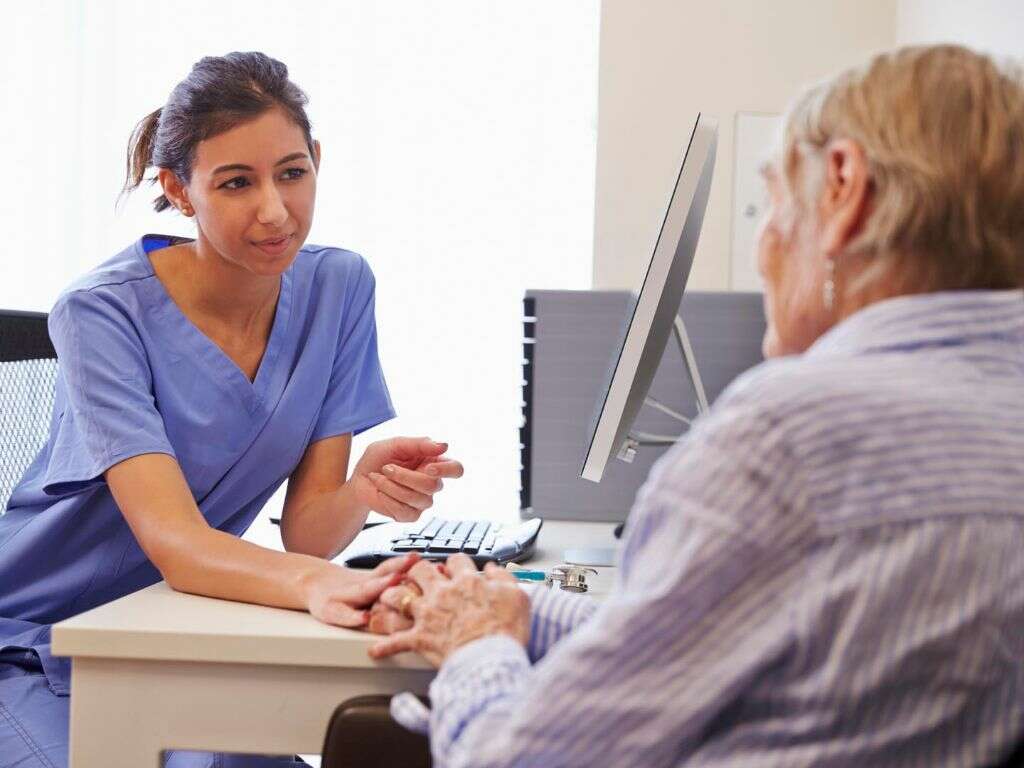What Is a Stye?
A stye or sty, is an infection that affects the eyelid causing a small bump, tenderness, and swelling. A stye usually affects only one eyelid and can occur anywhere along the edge of the eyelid at the base of an eyelash. It can also affect one of the tiny glands in the eyelid.
A stye that develops at the base of an eyelash is called an external hordeolum, while one that develops in one of the glands of the eyelid is called an internal hordeolum. Styes are quite common and a majority of people get one or more during their lifetime. The condition usually does not interfere with the patients vision.
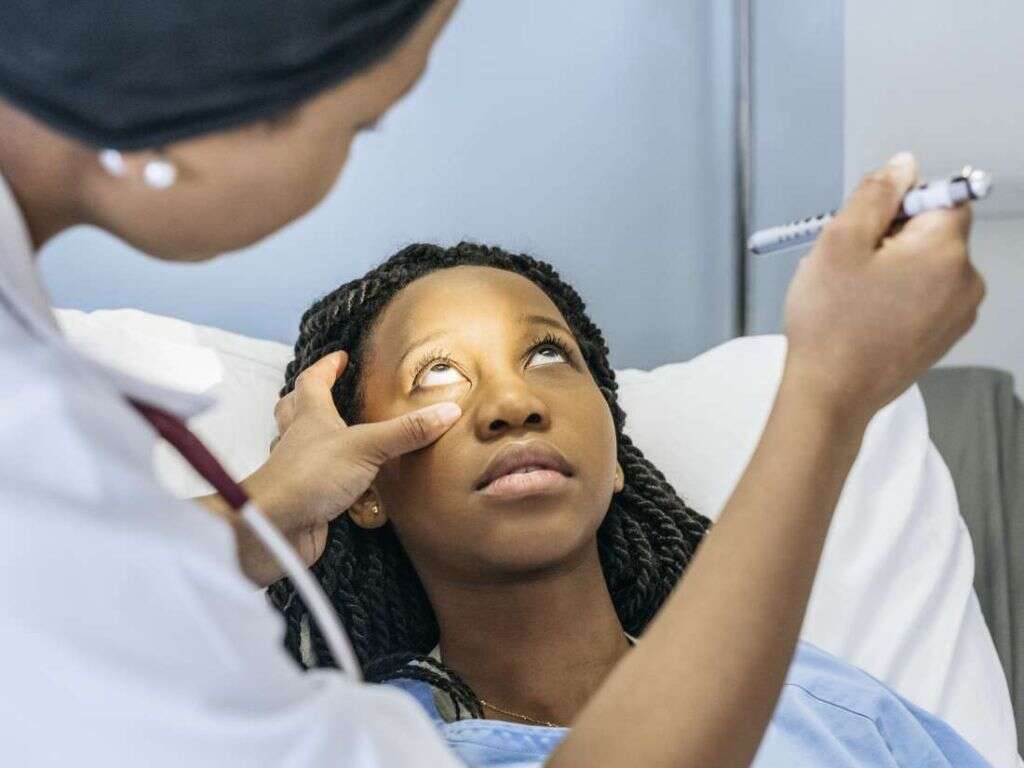
1. Causes of Styes
The cause of a stye is usually staphylococcus bacteria. These bacteria, present in the nose of almost everyone, get into the eyes through touching. Once the bacteria get into the eye, they may find their way into one of the oil glands on the eyelid where they multiply and cause the infection that presents as a stye.
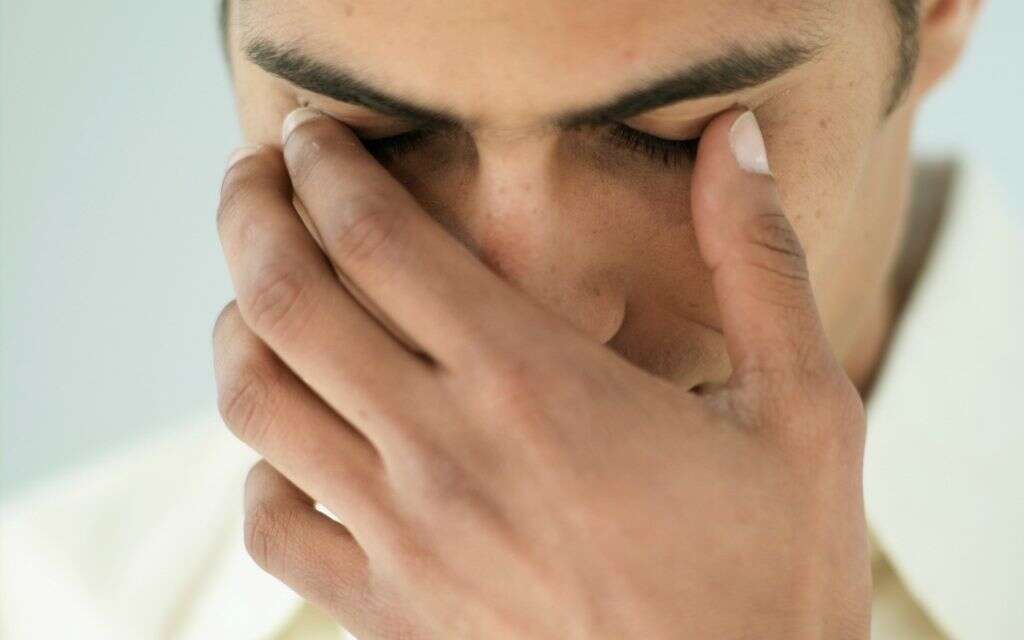
2. Factors that Increase the Risk of Styes
You increase your risk of having a stye if you put on contact lenses without disinfecting them, have the habit of touching your eyes even without washing your hands first, use old eyelid makeup, or share makeup with an infected person.
Conditions such as blepharitis, which affects the eyelids, and rosacea, which affects facial skin also increase the risk of styes.
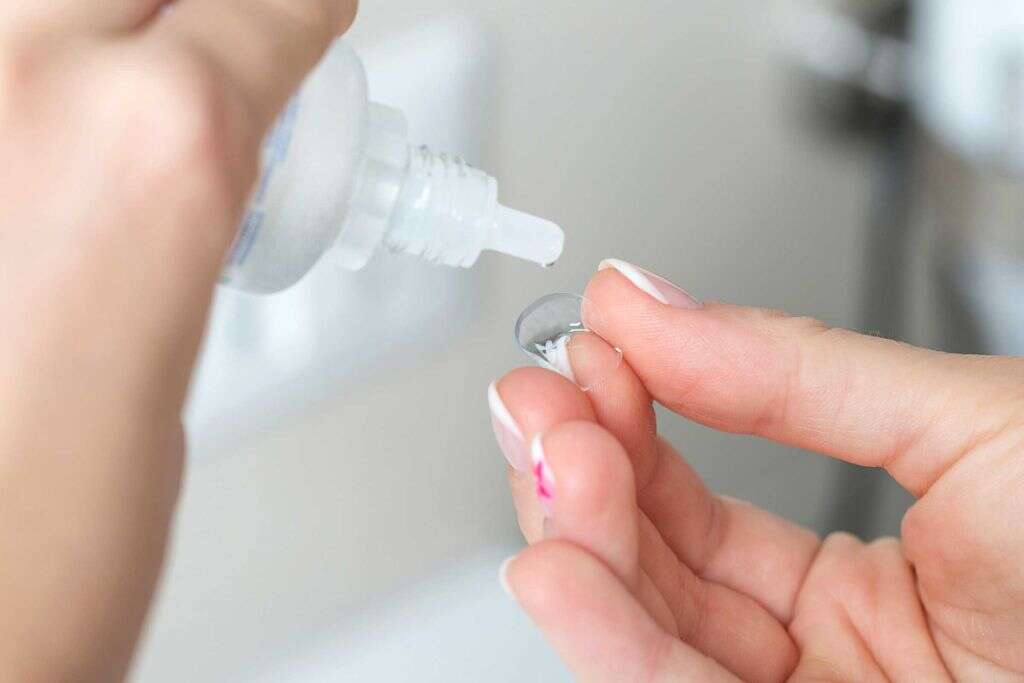
3. Symptoms of a Stye
Symptoms of a stye include a painful lump in the eyelid that may seem like a pimple or a boil. The lump is usually painful and causes swelling in the area around it. In some instances, the swelling may spread to the entire eyelid.
Other symptoms of a stye include increased tearing, a burning sensation, itching, light sensitivity, and the feeling of a foreign object in the eye.
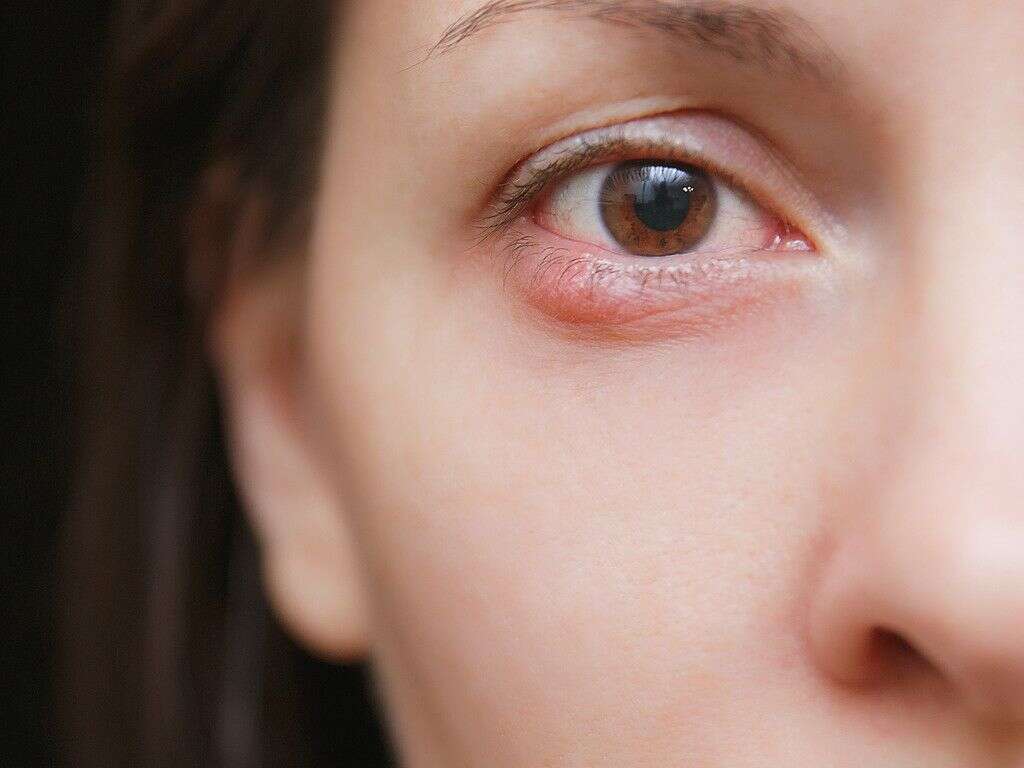
4. Other Conditions Associated with a Stye
A condition known as chalazion can be confused with a stye. The condition also affects the eyelid. However, a chalazion develops as a result of blockage within one of the tiny oil glands behind the eyelashes. One main difference between the two is that while a stye is painful, a chalazion is generally painless.
The lump in a chalazion is also more prominent under the eyelid. Other conditions of the eyelids that may be confused for styes include xanthelasma, which presents with yellowish plaques, and milia, which presents with small white cysts.

5. Complications of a Stye
In most cases, a stye clears and does not lead to complications. However, in some rare cases, complications may occur. In the case of a recurring stye on the inside of the eyelid, a meibomian cyst may develop as a result of a blocked eyelid gland.
If infection spreads from the stye to the surrounding tissues, periorbital or preseptal cellulitis may develop. This causes more widespread inflammation and redness. Fortunately, both complications are treatable.
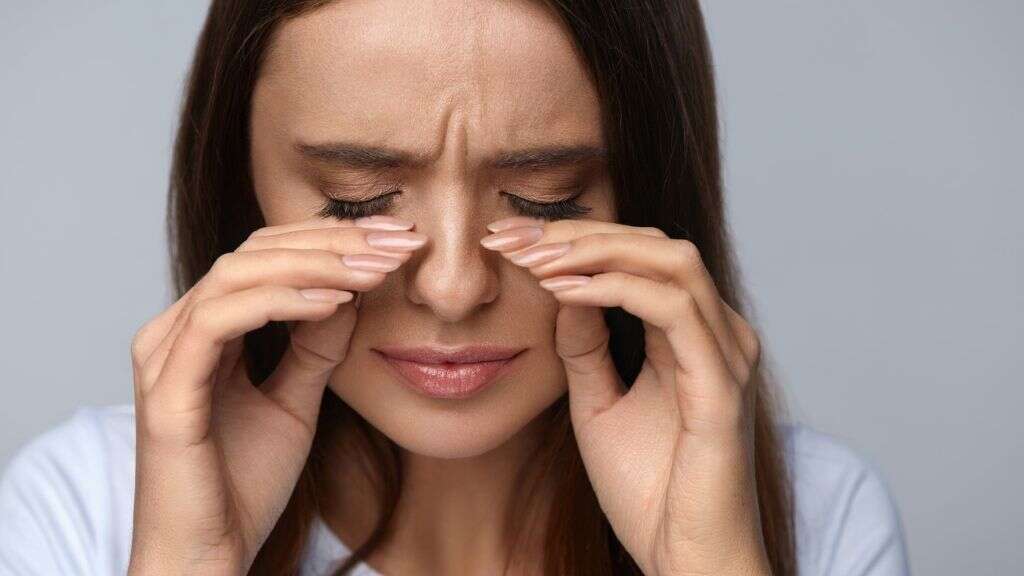
6. Disease Process
A stye starts with some pain, swelling, tenderness, and redness. On closer observation, you can see a tiny pimple on the eyelid. The swelling may only affect the infected part, or the whole lid. Styes are contagious, for which reason a person with a stye should avoid touching it.
They should also avoid shaking hands to reduce chances of spreading the bacteria that cause styes. A stye usually clears on its own without treatment in a matter of days. Healing usually starts once the stye ruptures open.
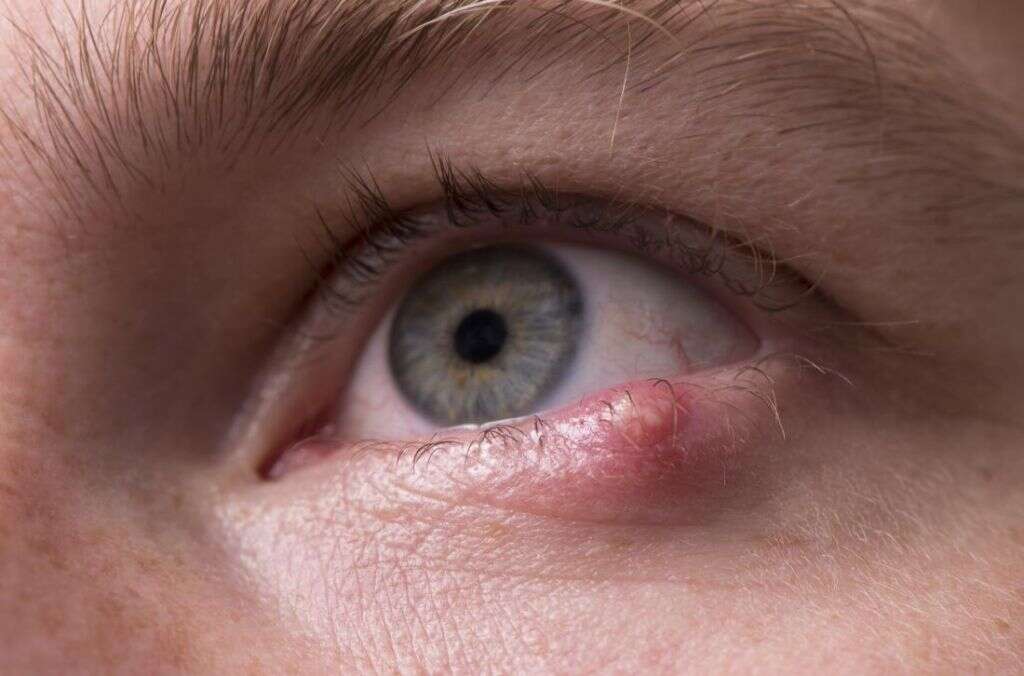
7. Home Remedies for a Stye
A stye is one of those conditions whose treatment can be entirely home-based. The bacteria that causes a stye is present in the nose of practically every human being. However, the bacteria do not always cause styes. For this reason, it is not necessary to resort to the use of antibiotics.
Cleaning the affected eyelid with warm water several times in a day will encourage healing. You can also apply a warm, clean face towel to the affected eyelid 3 or 4 times a day to keep the swelling and inflammation in check. During the lifetime of a stye, it is best to avoid applying eye makeup to ensure that the inflammation does not increase.
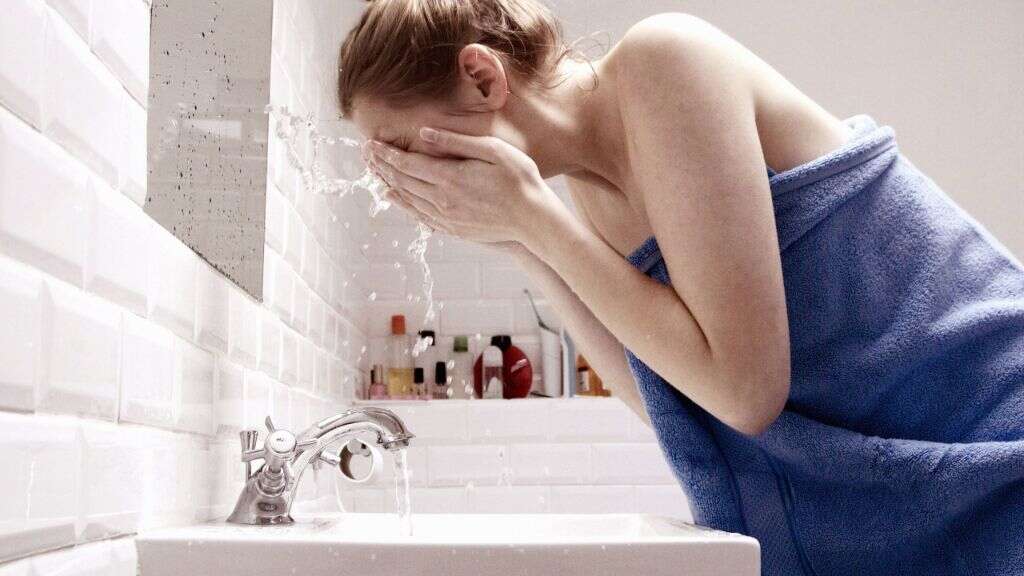
8. Diagnosis
While a stye will generally disappear on its own, a patient may visit a doctor if unsure of what it is. To reach a diagnosis, the doctor interviews the patient and examines the eyelid. For a clearer view, the doctor may use a light and a magnifying tool.
After the diagnosis, the doctor may advice that the patient keeps the eyelid clean and wait for it to heal, or give treatment to reduce the discomfort.

9. Treatment
A stye usually requires no treatment because it clears on its own within two weeks. Just keep your eyelids clean and avoid touching the affected area with your hands. Applying a warm compress every few hours helps reduce the pain and swelling.
If treatment is given, it is generally meant to reduce the pain and discomfort associated with a stye. In this respect, ibuprofen or paracetamol can be taken 2 or 3 times a day. If the stye has been present for a week or more, the doctor may prescribe an antibiotic cream or eyedrops, or make an incision to drain the bump and aid in its healing.
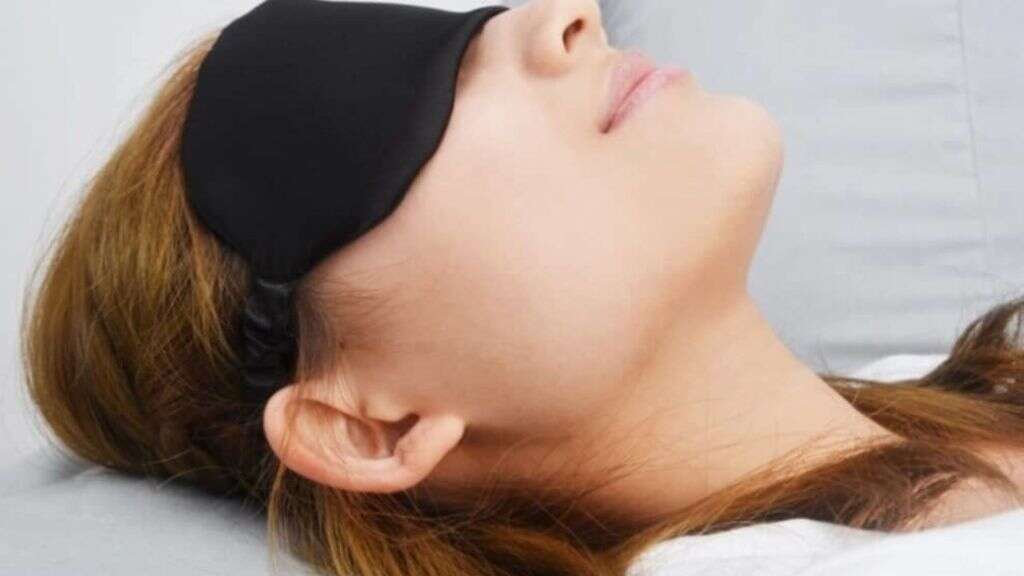
10. Long-Term Outlook
While an eye stye is painful and causes a lot of discomfort, it clears relatively fast. Besides, it usually doesn’t require any form of treatment except keeping the eyelids and the face clean.
The long-term outlook for styes is good. Styes also rarely lead to any complications, nor do they necessarily recur.
